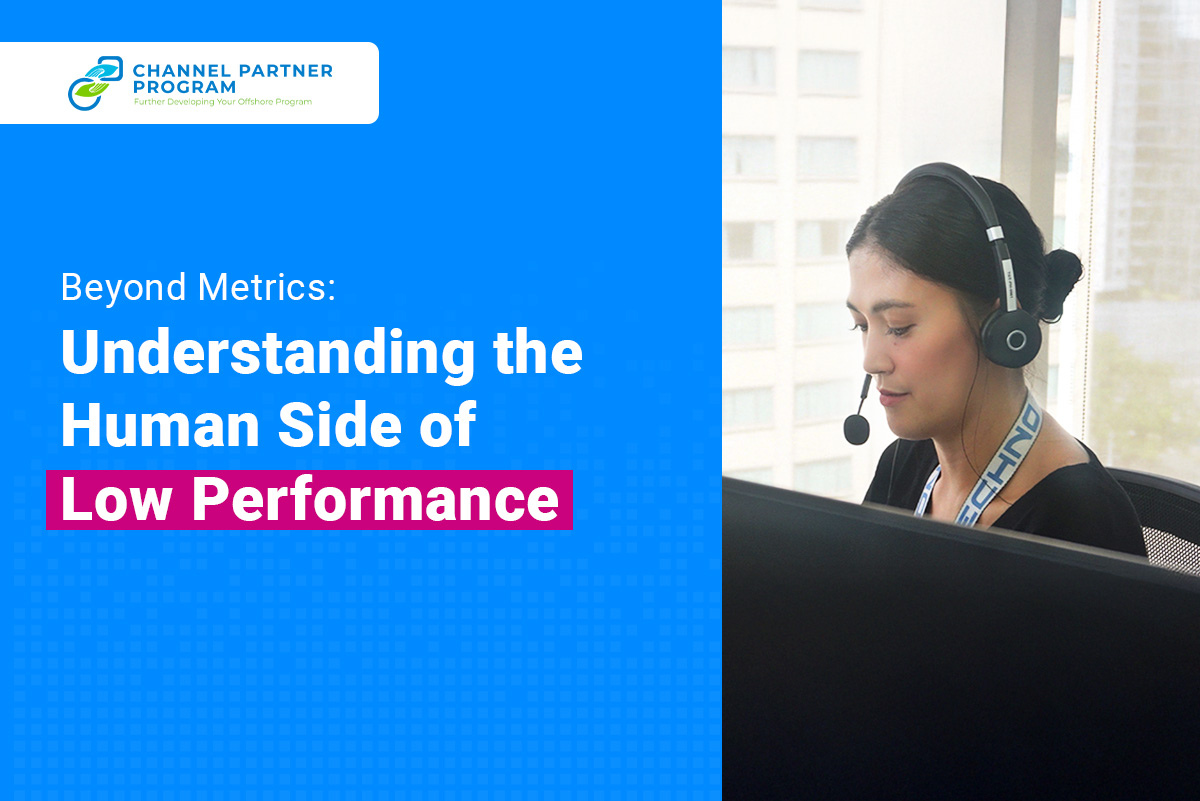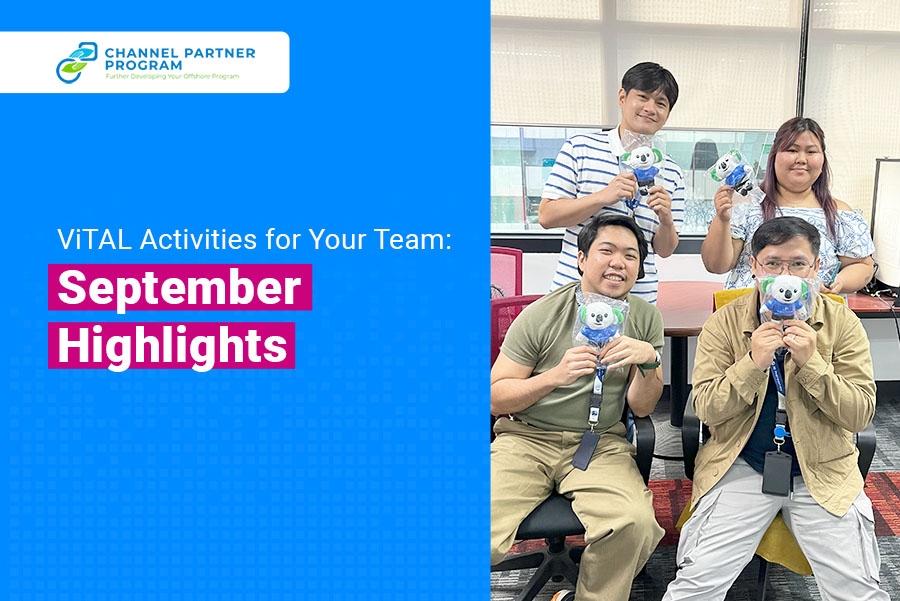As leaders, it’s easy to focus on the numbers. If performance drops, you often look straight at the data—hours worked, sales figures, project timelines.
But what if there’s more beneath the surface? Low performance isn’t always about lack of skill or effort; sometimes, it’s about personal struggles, burnout, or even the way we approach and measure success.
Recognize Performance Isn’t Just About Numbers
Here’s the thing: not all dips in performance are rooted in ability. Sometimes, low performance can be linked to external or personal challenges that affect an employee’s ability to perform at their best. Here are a few things to consider:
- Personal Struggles: An employee’s personal life can dramatically impact their work. Issues like family challenges, mental health struggles, or even burnout from overwork can lead to a drop in performance—despite their skills being intact.
- Burnout and Disengagement: When employees are burned out or disengaged, it’s hard for them to perform well. This might not be about their competence; it’s about whether they have the mental energy or motivation to put in their best effort.
- Cultural Differences: Cultural differences can impact how performance is expressed. For example, in the Philippine culture, they value humility and may not openly show initiative or speak up, which can be misinterpreted as disengagement or poor performance.
Human-Centered Performance Reviews: More Than Just Numbers
One of the best ways to get to the root of low performance is to combine data with empathy. Instead of only looking at the numbers, have a real conversation with your team member. Here’s how to approach it:
- Understand the “Why”: Instead of assuming why performance is low, ask the right questions. Frame the conversation as a way to understand the underlying issues. Instead of “Why are you underperforming?” try, “What’s getting in the way of your success?” This opens up a two-way dialogue, showing that you’re more focused on helping than pointing fingers.
- Avoid Blame: Low performance isn’t a reflection of someone’s value or potential—it’s a signal that something isn’t working. Your goal should be to get to the heart of the issue, not to assign blame. Be supportive and curious.
- Acknowledge Wins, No Matter How Small: When performance dips, confidence can take a hit. Make sure to highlight even small victories to rebuild that confidence. Acknowledging progress, even in tough times, can make a big difference in motivating your employees to get back on track.
Supportive Interventions That Work
Once you’ve dug into the “why” of low performance, it’s time to focus on how to support your team member through it. Here are a few approaches that are far more effective than just correction:
- Coaching, Not Just Correction: Correction is important, but coaching goes further—it helps employees learn and grow. Instead of just pointing out mistakes, guide them through the process of improvement with feedback and constructive advice.
- Tailor Development Plans: Every employee is different, so their development plans should be too. Personalize growth strategies based on their strengths, challenges, and motivations. A one-size-fits-all approach doesn’t work when it comes to performance.
- Adjust Expectations During Life Transitions or Crises: Life happens. Whether an employee is going through a personal crisis, a major life change, or a period of illness, it’s important to adjust expectations accordingly. Having flexible KPIs or deadlines during these times can show empathy and prevent further stress.
At the end of the day, low performance doesn’t always reflect an employee’s capabilities. Often, it’s a complex mix of external factors, internal struggles, or even mismatched expectations.
By understanding the human side of performance, asking the right questions, and offering support in the form of coaching, tailored development plans, and adjusted expectations, you’ll not only help your employees thrive but also foster a more engaged and resilient team.
Don’t let the numbers alone dictate your team’s success—take a more human-centered approach and watch your performance—and your people—flourish.





